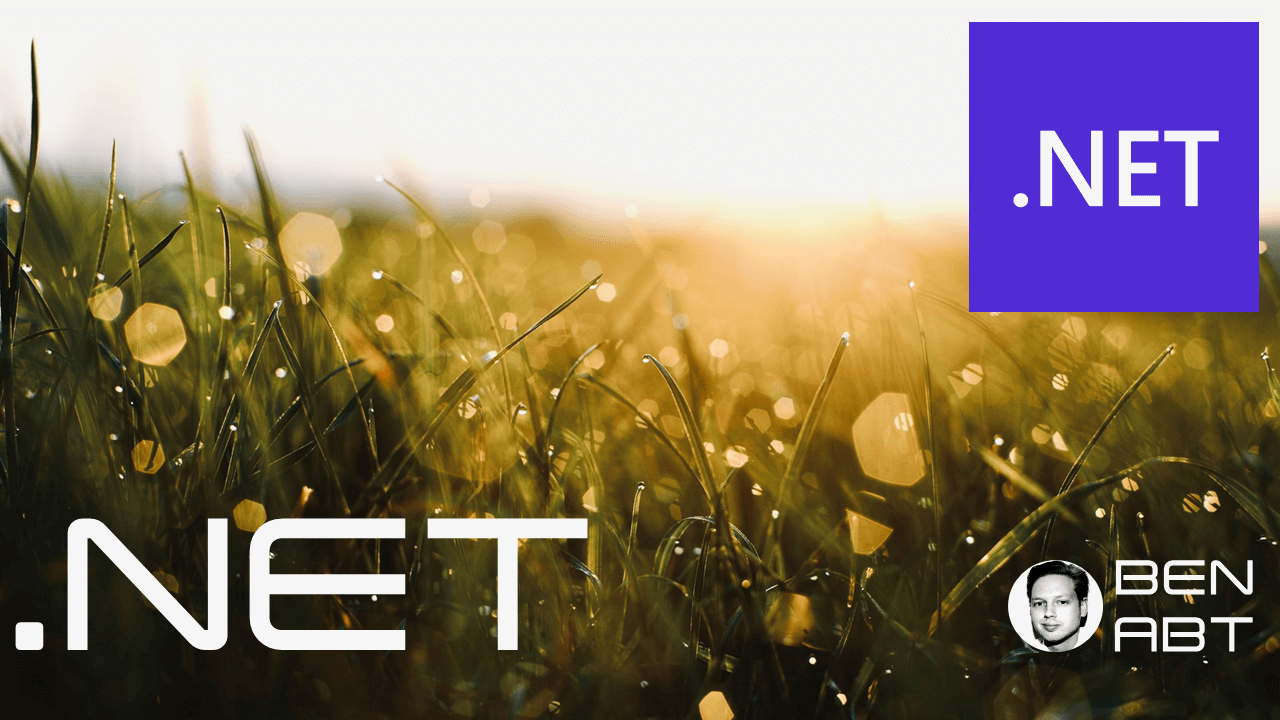Standardizing AI Context: the Model Context Protocol
The Model Context Protocol (MCP) server acts as a centralized context management backend for advanced AI applications.
Unlike traditional session or prompt-based approaches, the MCP server manages a persistent, structured context that can be queried, updated and synchronized across distributed AI components and user sessions. By providing a standard API for serializing, retrieving and sharing context, the MCP server enables seamless interoperability between different models, services and clients. This is particularly important in multi-agent systems, long-running workflows or environments where state continuity and context portability are required.
Without an MCP server, developers must develop custom, often incompatible solutions for context storage, resulting in fragmentation and significant integration overhead.
MCP - like OpenAPI
Essentially, the MCP server acts as a kind of "contract" between AI models, clients and context-dependent services. Similar to how OpenAPI defines a standard interface and data schema for REST APIs - ensuring interoperability and reducing integration friction - the Model Context Protocol provides a common language and structure for the exchange of contextual information. By adhering to this protocol, different components in an AI ecosystem can reliably understand, maintain and manipulate context state regardless of the underlying implementation or platform. This contract-driven approach speeds up development, simplifies handover between systems and enables the portability of context between different AI tools and vendors.
Sample
To illustrate how straightforward it is to work with the Model Context Protocol in modern .NET applications, the following example demonstrates how you can leverage the official MCP C# SDK to persist and retrieve context objects. By abstracting low-level protocol details, the SDK allows developers to integrate advanced context management into their applications using familiar, high-level C# constructs. Whether your application hosts LLMs, conversational agents, or orchestrates multi-step workflows, MCP makes it easy to standardize and exchange context with minimal boilerplate.
For that, I am using the current pre-release 0.2.0-preview.1 of the .NET ModelContextProtocol SDK.
// demo entity
public class BlogPostEntity
{
public string Id { get; set; }
public string Title { get; set; }
public string Content { get; set; }
public DateTime CreatedAt { get; set; }
}
// mcp server
public class BlogPostContextHandler : IContextHandler
{
// Simulate a database or in-memory list
private readonly List<BlogPostEntity> _posts = new List<BlogPostEntity>
{
new BlogPostEntity { Id = "1", Title = "Standardizing AI Context", Content = "How MCP works...", CreatedAt = DateTime.UtcNow },
new BlogPostEntity { Id = "2", Title = "LLMs in Production", Content = "What to consider...", CreatedAt = DateTime.UtcNow }
};
public Task<object> GetContextAsync(string contextId)
{
// Here contextId could be ignored, or used to filter posts per user/session
return Task.FromResult<object>(_posts);
}
public Task SetContextAsync(string contextId, object value)
{
// In a real server: update posts, or add a new post, etc.
// For simplicity, do nothing or handle context writes here
return Task.CompletedTask;
}
}
public class Program
{
public static async Task Main(string[] args)
{
// Use STDIO transport; could be switched to other transports if needed
StdioTransport transport = new();
// Set up the context handler
BlogPostContextHandler contextHandler = new();
// Create the MCP server
ModelContextProtocolServer server = new(transport, contextHandler);
// Run the server (listen for requests)
await server.RunAsync();
}
}
The MCP server acts as the core component for managing and exchanging context data in a standardized way across distributed AI applications. By implementing the Model Context Protocol, the server provides a consistent interface for storing, retrieving and updating complex context objects (e.g. a list of blog posts), regardless of the specific application logic or client implementation.
This centralization allows different services, agents or even large language models to reliably synchronize and share their state without relying on custom APIs or ad-hoc serialization formats. This turns the MCP server into a universal context hub that enables interoperability, reusability and seamless collaboration within modern AI-driven systems.
Conclusion
In summary, it can be said that the Model Context Protocol is rapidly becoming an important prerequisite for scalable, interoperable AI applications. Even though the technology is still under development, developers and companies can already benefit from exploring and implementing MCP in their projects today. Early adoption not only prepares your systems for the future of context-driven AI, but also positions your solutions for seamless integration, improved collaboration and greater flexibility as the ecosystem matures. Now is the perfect time to experiment with MCP and build the next generation of intelligent, context-aware applications.

